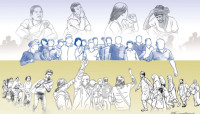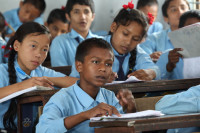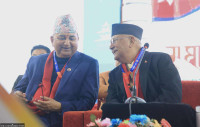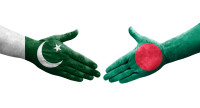Opinion
Double marginalisation
About a year and half ago, the UN General Assembly adopted the Sustainable Development Goals (SDGs).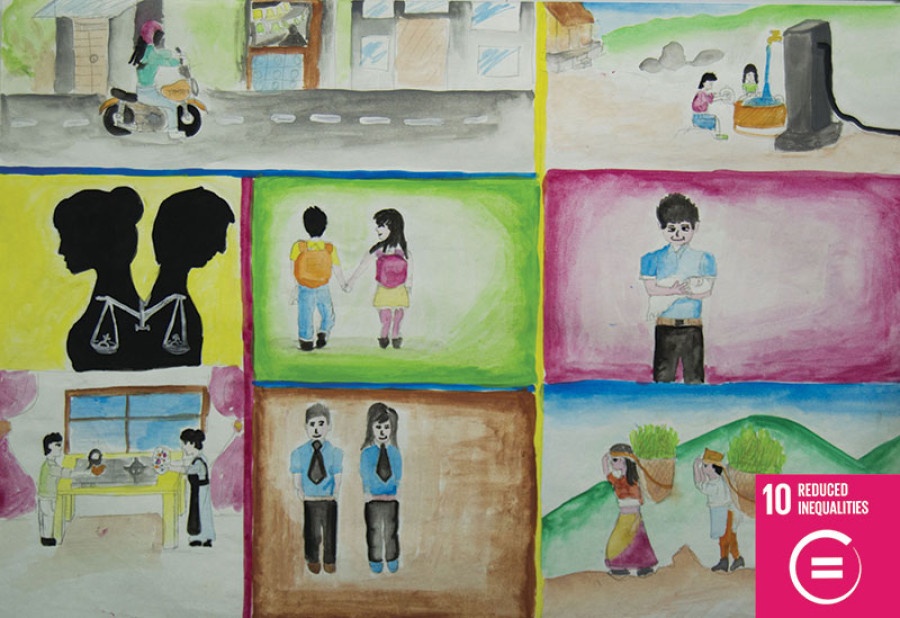
Durga Sob
About a year and half ago, the UN General Assembly adopted the Sustainable Development Goals (SDGs). The goals, which prioritise ending poverty, protecting the planet and achieving prosperity for all, are set to be met within 15 years. Realising the SDGs requires prominent roles from governments, civil societies, the private sector, and even citizens like you and I. It’s important for all UN member states to internalise the spirit of the SDGs.
The SDGs comprise 17 goals and 169 targets, which are unlikely to be met if we all do not take the initiative in our respective fields. Meeting these goals is important for mainstreaming Nepal’s marginalised communities.
Separate analyses
Because we work with Dalit women, SDGs 5 and 10 are particularly important for us. SDG 5 works on gender equality and women empowerment, whereas SDG 10 aims at reducing inequality between and within countries. While both goals are important for us, our current focus is on reducing inequality. In the case of Dalit women, SDG 10 is especially relevant.
Reducing inequality between and within countries is a step towards creating an equitable society. This goal holds particular importance for ostracised and marginalised communities. The government and donor agencies should introduce programmes targeted at these groups. Even within marginalised communities, women are in a more vulnerable position. If there is any group that is oppressed from the point of view of gender as well as caste, it is Dalit women.
Nepal is a diverse country. Part of its identity is defined by its diversity in religion, culture, ethnicity and language. In a diverse society, each group and community has its own set of problems. Entangled in the complex web of social structures, certain groups within marginalised communities are susceptible to even more marginalisation. Dalit women are an example of this.
Attempts at mainstreaming different marginalised communities by putting them under the same category haven’t been able to address the needs of Dalit women. Such attempts alone aren’t adequate to raise their social, educational, economic and political status. The issue of mainstreaming requires separate analyses of caste, gender and class. It’s necessary to consider to what extent women have been able to benefit from opportunities meant for Dalits and whether such opportunities have led to Dalit women’s empowerment and inclusion.
Our studies show that Dalit women lag far behind men from their own communities. Even on fundamentals like education and health, there are huge differences between Dalit men and Dalit women. The situation of Dalit women is pitiable compared to that of men from their own communities and of women from other communities.
How can we reduce inequality if we move ahead by forgetting a whole sub-group within that group? Nepal’s realities are different from those of Europe or the US. Our cultural, linguistic, class and gender structures do not match theirs. So we cannot address our inequalities by blindly adopting strategies meant to address theirs.
Lack of awareness
The earlier Millennium Development Goals (MDGs) had similar goals as the SDGs, but few people were informed about them. A closer look at areas in which Nepal is said to have done well reveals a different picture. For example, Nepal received an award for the progress it made in reproductive health. But has Dalit women’s reproductive health improved as much as that of women from other castes? A closer look doesn’t show improvements. Even now, women in far-western Nepal are compelled to give birth to five or six children for the sake of having a son. The practice of child marriage is more common in Dalit communities. This has a direct effect on reproductive health. How can we expect target groups to be aware of the MDGs when even we were unaware of them? Such lack of awareness prevented effective work from being carried out in order to meet the goals.
The SDGs should not suffer the same fate. UN agencies like UNDP should take the lead in working toward meeting the SDGs. To this end, they have to introduce programmes to reach target groups and raise their awareness. In the goal to reduce inequality, it is important to prioritise Dalit women.
Dalit women haven’t been able to benefit from the government’s reservation policies either. There is now a 33 percent reservation in Parliament and 45 percent reservation in local units for women. But the number of Dalit women benefiting from such provisions is negligible. Among the women representatives, we have demanded between 13 to 20 percent representation for Dalit women. But our demand hasn’t been fulfilled. The government hasn’t introduced such a policy.
As far as Dalits are concerned, there are shortcomings even in the national census. While the earlier census had recorded the percentage of Dalits in the national population to be 16 percent, the recent one showed it to be only 13 percent. One reason behind this is that the language, culture and traditions of Dalits are similar to those of the Khas-Arya community. We maintain that Dalits still constitute 20 percent of the population. The question of positive discrimination, including reservations, has to be considered on this basis. There should be separate provisions for Dalit women. Mainstreaming them won’t be possible without such provisions. We have to localise the SDGs; they should be adapted to reflect our society’s structures.
We had high expectations of agencies like the UNDP when the MDGs were introduced, but our expectations weren’t met. It looks like the agencies need to change their strategies to meet the SDGs. Donor agencies coordinate their programmes only with the government. Such programmes haven’t been effective. Considering the shortcomings in meeting the MDGs, donor agencies should coordinate their programmes not just with the government, but also with the civil society. Our government’s structures aren’t transparent, accountable and committed. There have been some improvements lately, but they aren’t sufficient. As such, meeting the goal to reduce inequality requires donor agencies to collaborate with the civil society as well.
Sob is a member of Access to Justice Commission and a Dalit rights activist; this article is part of a weekly series on SDGs




 11.12°C Kathmandu
11.12°C Kathmandu

